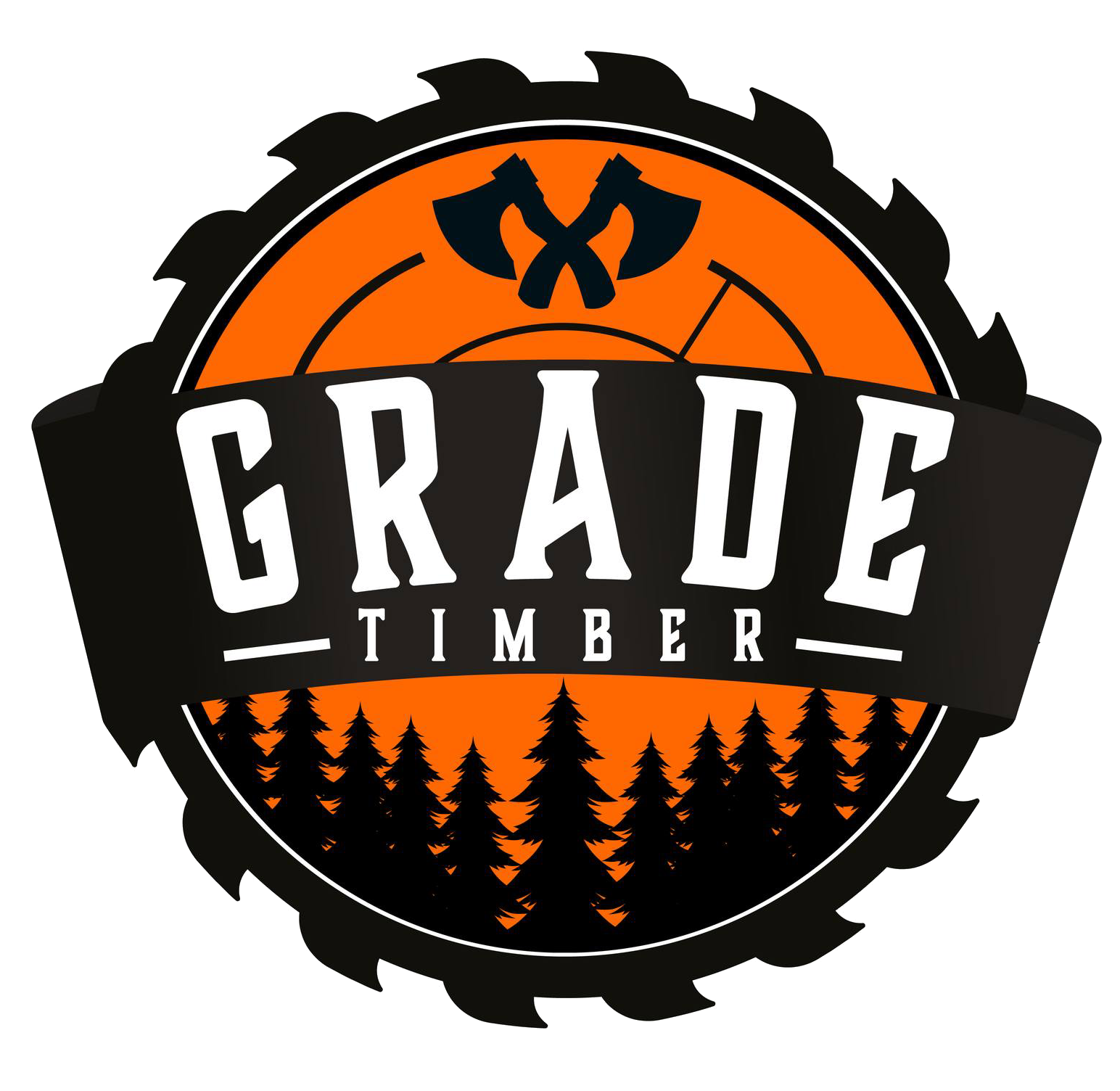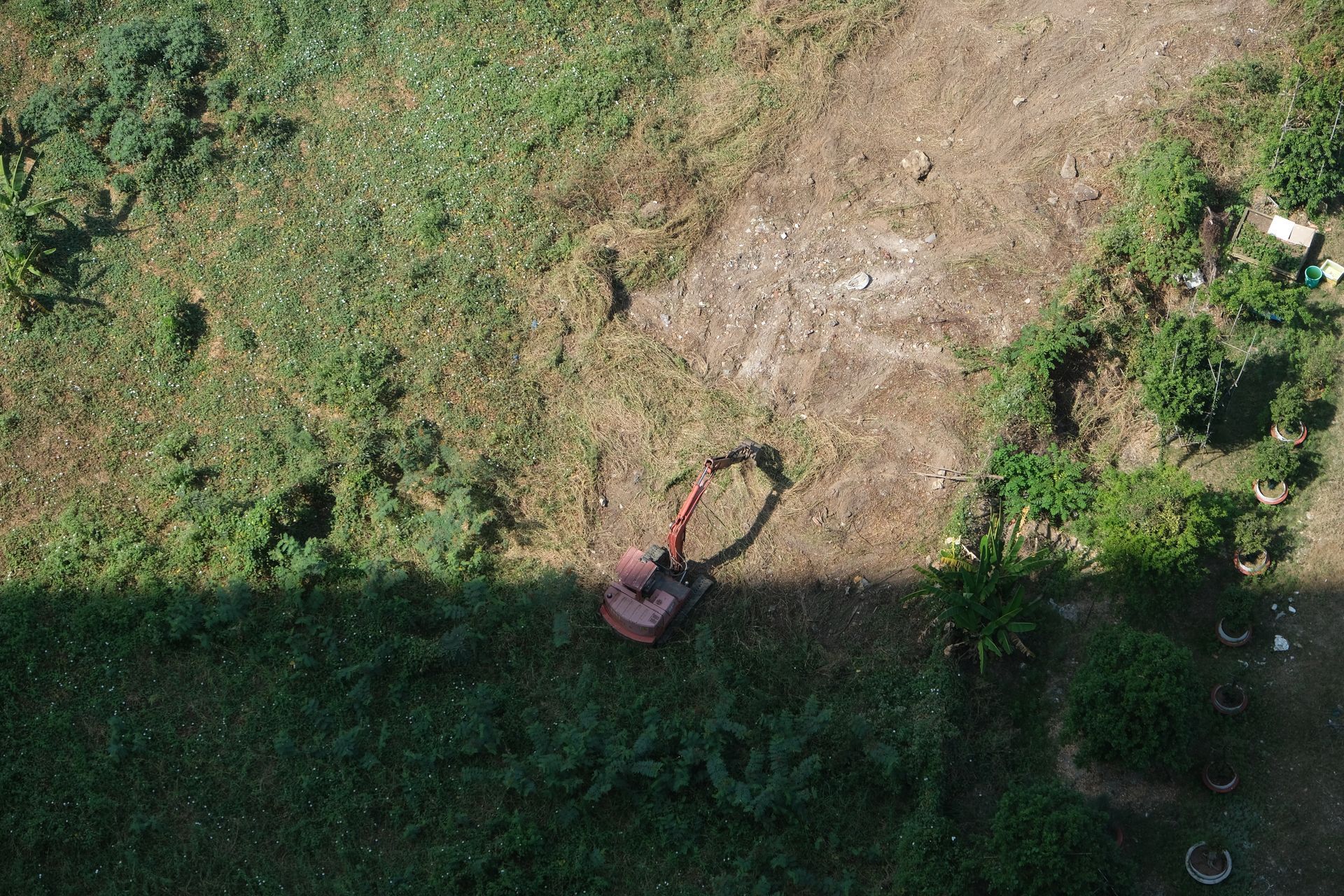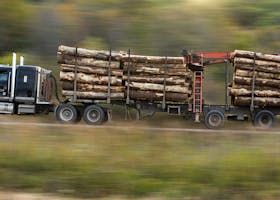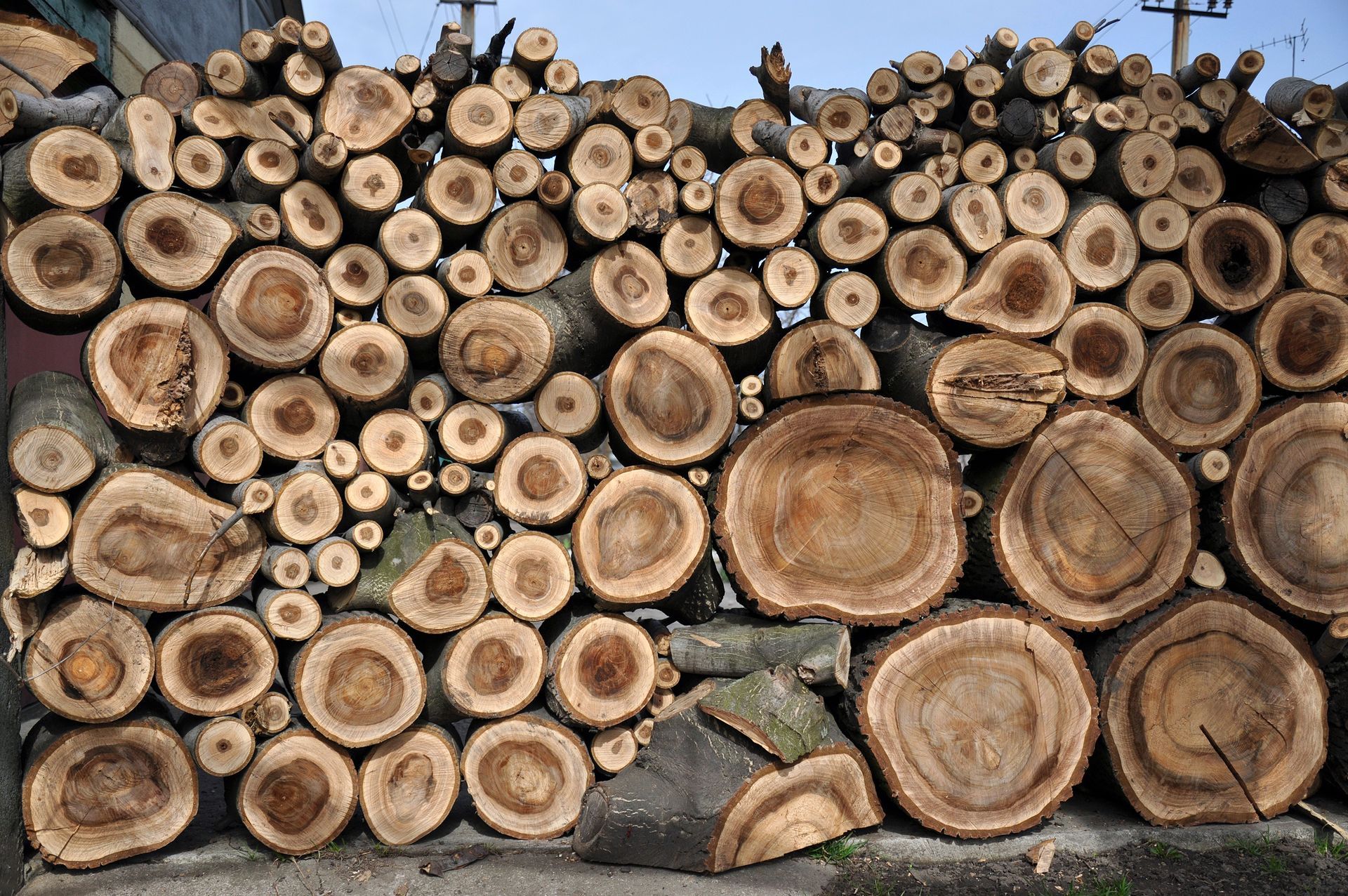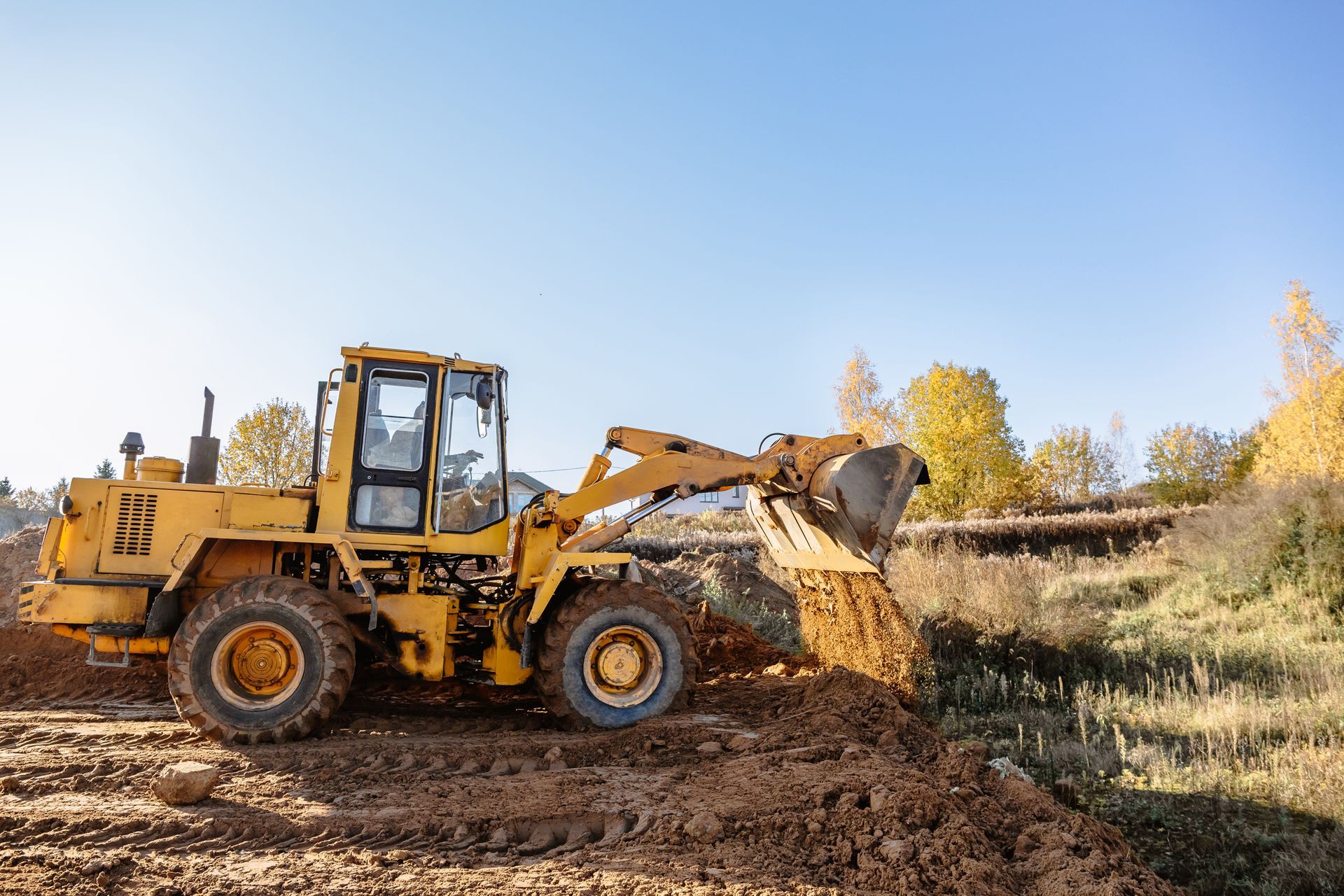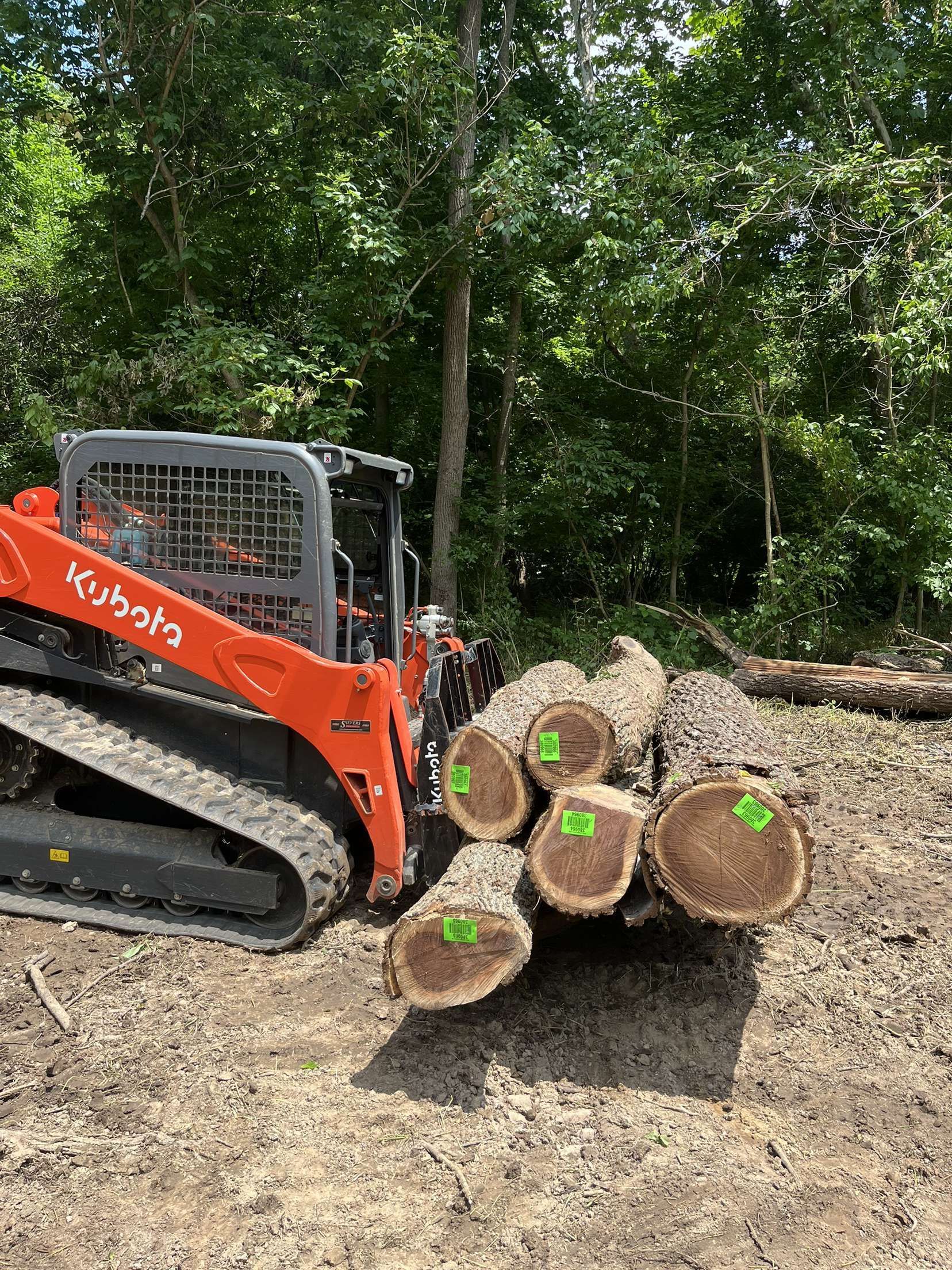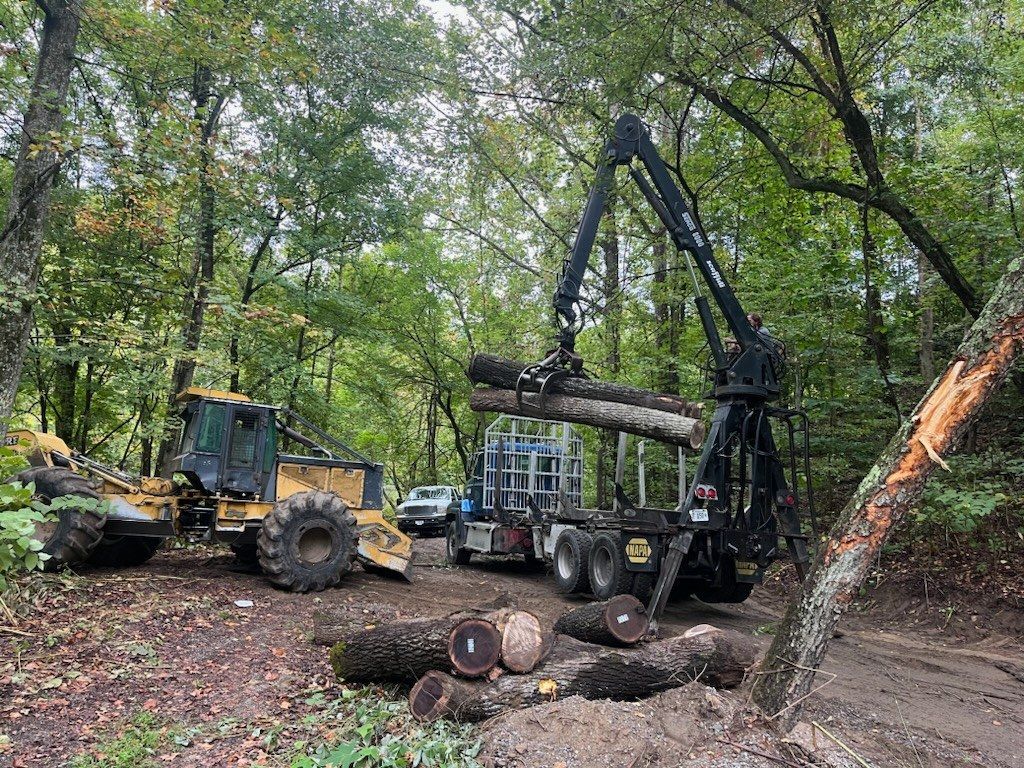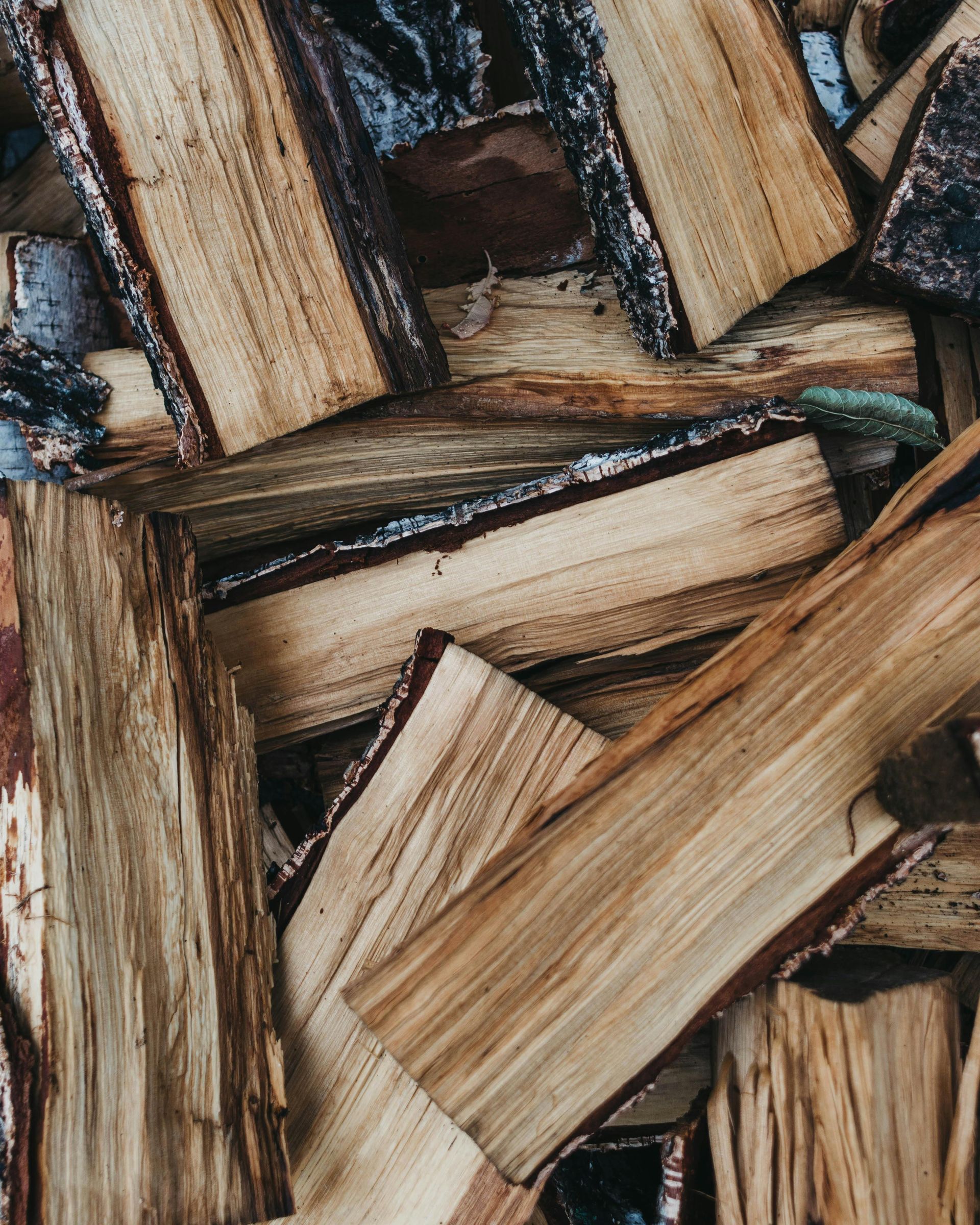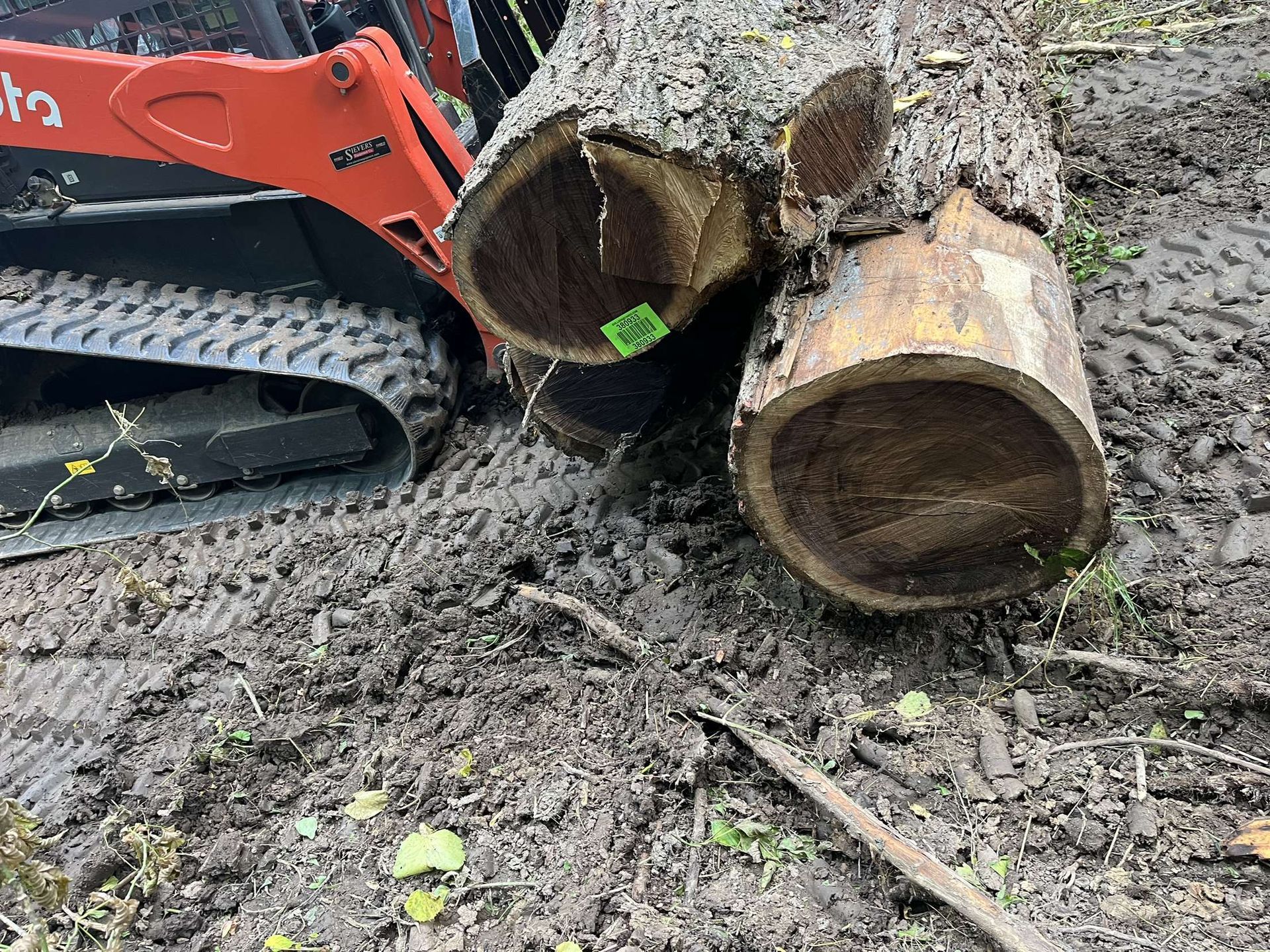Bridge and Structure Inspections in Remote Forest Areas
Remote forest areas present unique challenges for inspecting bridges and structures essential to timber operations, such as logging roads, culverts, and timber bridges. These infrastructures, often in rugged, inaccessible terrains, are prone to deterioration from weathering, heavy loads, and environmental factors like floods or erosion. Traditional inspections require manual access via scaffolding, boats, or climbing gear, posing significant safety risks to personnel and incurring high costs in time and resources. At Grade Timber, we mitigate these issues with drone technology, offering safe, efficient assessments that access hard-to-reach areas without endangering inspectors. By deploying unmanned aerial vehicles (UAVs), we provide detailed visual data, enabling proactive maintenance and extending the lifespan of critical assets in forested environments.
The hazards of conventional methods are well-documented: Inspectors face falls, wildlife encounters, or unstable structures, while remote locations amplify logistical complexities. Drones eliminate these perils by flying close to structures for high-resolution imaging, capturing defects like cracks, rot, or corrosion that might otherwise go unnoticed.fs.usda.gov This approach not only reduces risks but also aligns with regulatory standards from agencies like the U.S. Department of Transportation (DOT) and USDA Forest Service, which emphasize innovative tools for infrastructure safety.
The Grade Timber Methodology: Safe and Precise Aerial Assessments
Our drone services at Grade Timber utilize advanced UAVs equipped with high-definition cameras, thermal sensors, and LiDAR to conduct thorough inspections of bridges and structures in remote forests. The process begins with site evaluation: Certified pilots plan flights considering terrain, weather, and FAA regulations to ensure safe operations.jouav.com Drones are launched from accessible points, navigating under bridges or around supports to capture 360-degree views, often at distances as close as a few feet for detailed scrutiny. Key technologies enhance accuracy: Thermal imaging detects moisture intrusion or delamination in timber elements, while LiDAR creates 3D models to measure deformations or scour around foundations.fhwa.dot.gov Photogrammetry software stitches images into orthomosaics, allowing virtual reconstructions for off-site analysis. For timber bridges, drones identify common issues like fungal decay or insect damage, as demonstrated in USDA studies where UAVs efficiently recreated structures in 3D to observe damage.fs.usda.gov Data is processed with AI algorithms to flag anomalies, generating reports with annotated images and recommendations for repairs.
This methodology surpasses traditional inspections by accessing confined spaces without shutdowns, reducing downtime for logging activities. Flights typically last 20-40 minutes per structure, compiling data that would take days manually.mdl.mndot.gov Integration with GIS overlays inspection findings onto forest maps, aiding in holistic management.
Real-World Applications: Case Studies in Forest Infrastructure
Drone inspections have proven transformative in forested settings. A USDA Forest Service project evaluated UAVs for timber bridge inspections, finding they effectively identified structural damage like cracks and rot, with 3D models enabling precise assessments without physical access.research.fs.usda.gov In Minnesota, the DOT's demonstration used drones to inspect bridges in remote areas, highlighting advantages in safety and data quality over traditional methods.mdl.mndot.gov Oregon DOT's "Eyes in the Sky" initiative deployed UAVs for bridge elements difficult to reach, achieving comprehensive views and cost-effective monitoring in forested highways.oregon.gov
In Michigan, DOT studies estimated significant savings from drone use in bridge inspections, particularly in rural, wooded regions where access is limited.itskrs.its.dot.gov A collaborative effort with the Federal Highway Administration (FHWA) explored UAS for bridge data collection, confirming drones' utility in capturing defects in hard-to-reach forest crossings.fhwa.dot.gov Internationally, in mountainous forests, drones aided tunnel and bridge inspections, integrating with scanning total stations for inventory in remote areas.mdpi.com At Grade Timber, we've applied this to Pacific Northwest logging bridges, detecting early erosion under pilings and preventing collapses.
Compelling Benefits: Time, Cost, and Safety Gains
The adoption of drones yields substantial benefits for forest infrastructure management. Safety is paramount: By eliminating the need for inspectors in precarious positions, risks drop dramatically, as noted in DOT reports.itskrs.its.dot.gov Time savings are impressive—inspections that took days now complete in hours, allowing proactive maintenance that averts costly failures.jouav.com Cost reductions reach up to 75%, with average savings of 40% per inspection, per DOT studies, factoring in reduced equipment and labor.itskrs.its.dot.gov Proactive approaches extend structure longevity, minimizing environmental impacts like sediment runoff from bridge failures. Enhanced data accuracy supports compliance with FHWA guidelines, potentially unlocking funding for upgrades.rosap.ntl.bts.gov For timber operators, this means uninterrupted access, boosting productivity and sustainability.
Looking Ahead: Innovations in Remote Inspections
Future advancements include AI-driven defect prediction and autonomous drones for routine patrols. Integration with machine learning will automate reporting, while hybrid sensors improve detection in dense forests.sciencedirect.com At Grade Timber, we're pioneering these to enhance remote assessments further.
Secure Your Assets with Grade Timber
In conclusion, drone inspections revolutionize bridge and structure assessments in remote forests, delivering safety, efficiency, and savings. Grade Timber's expertise ensures your infrastructure remains robust. Contact us for a consultation and safeguard your operations today.
